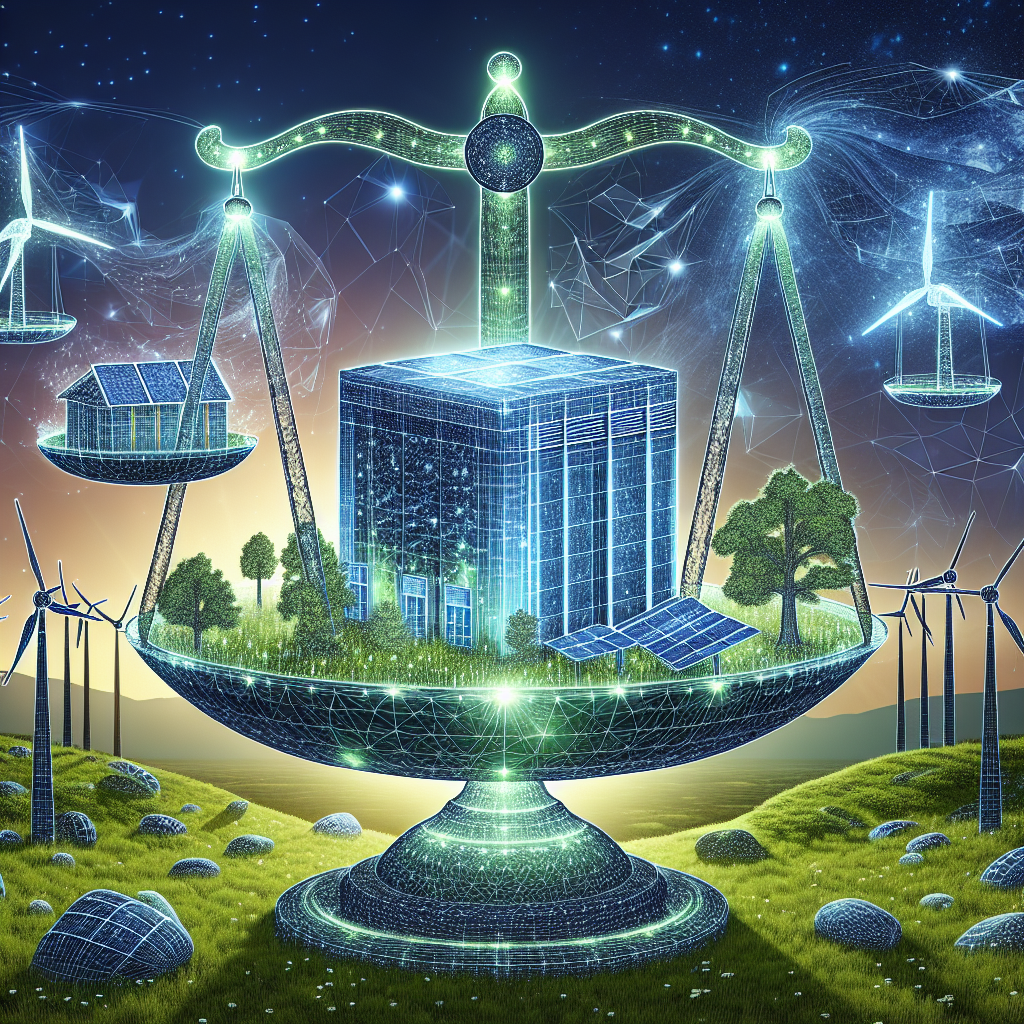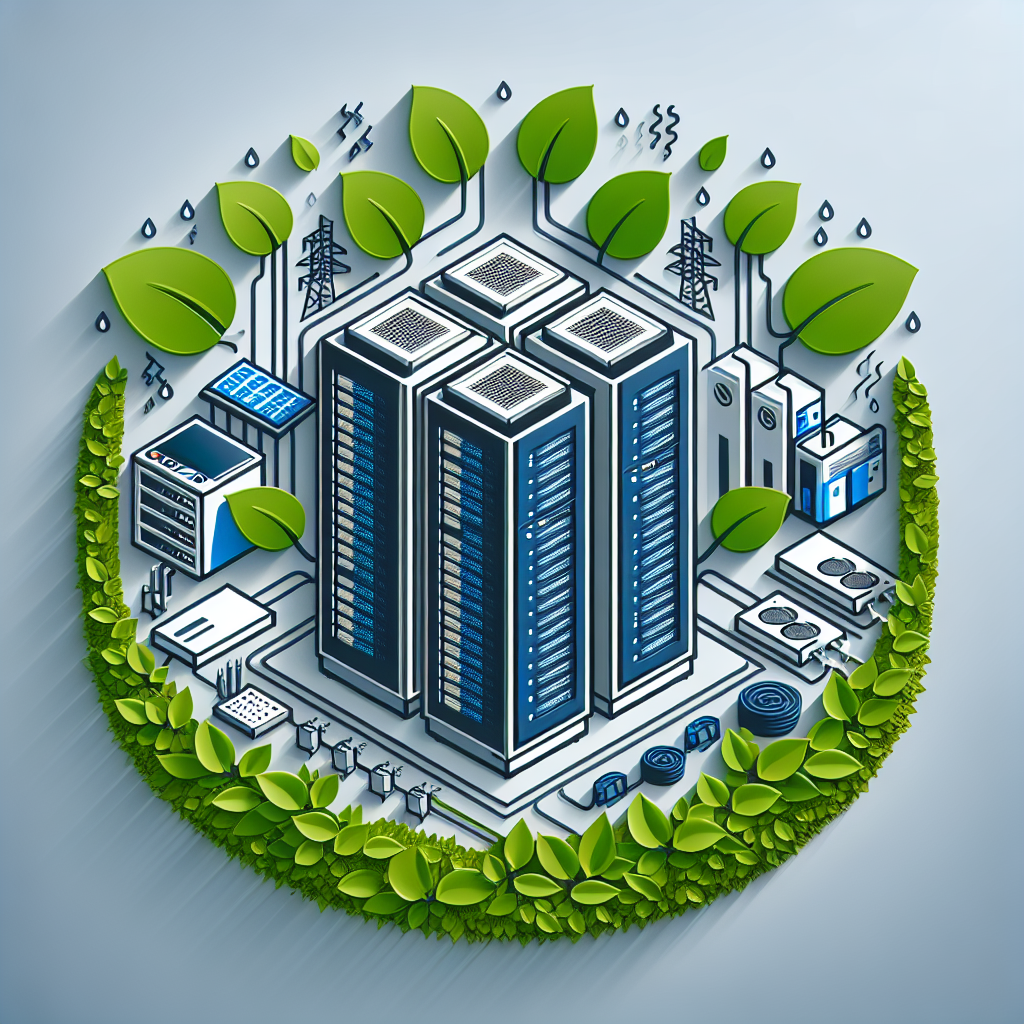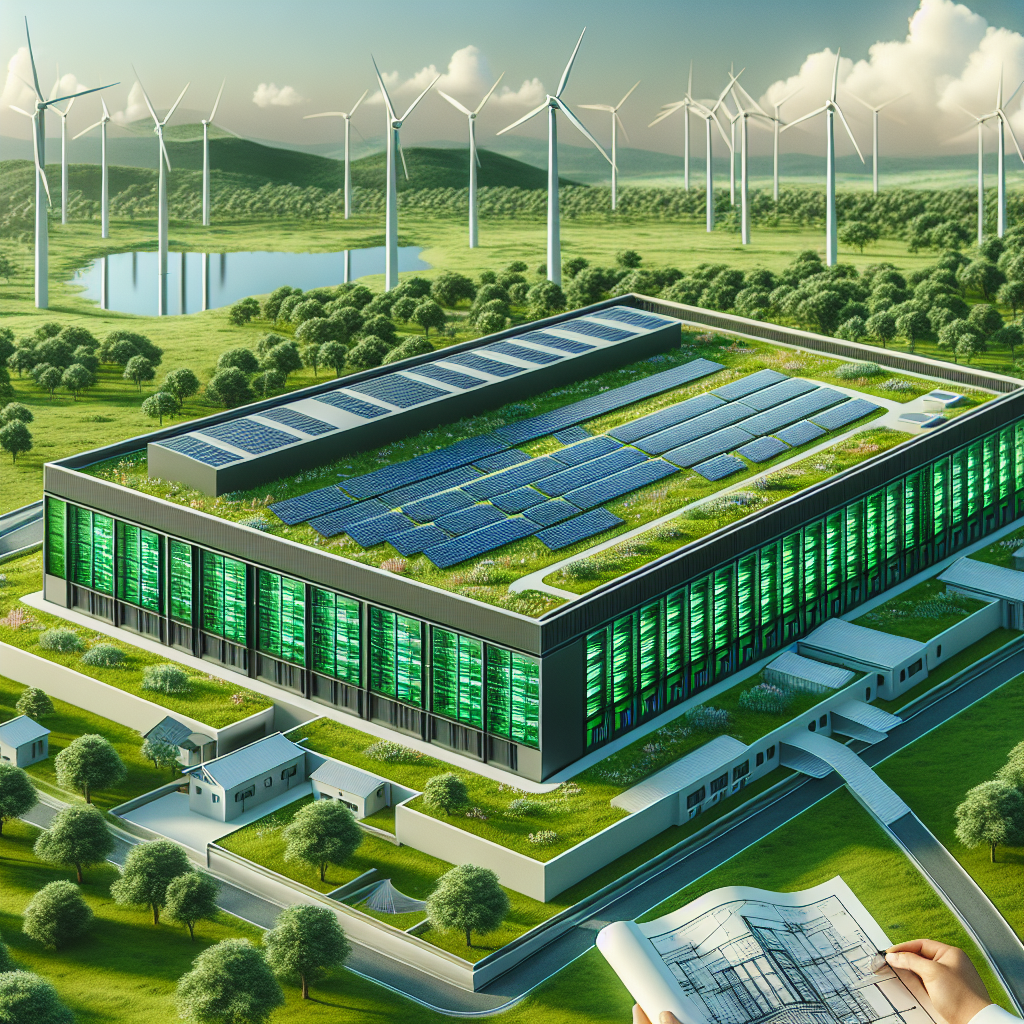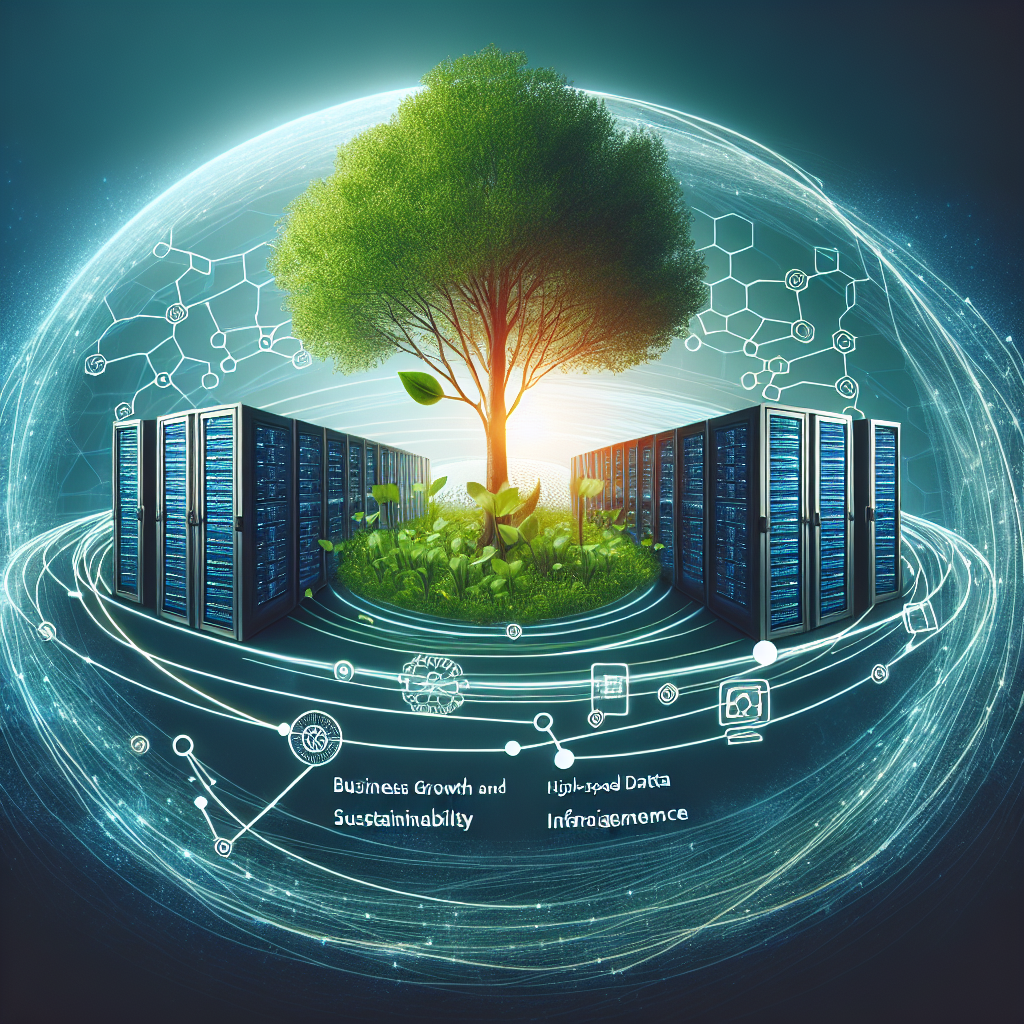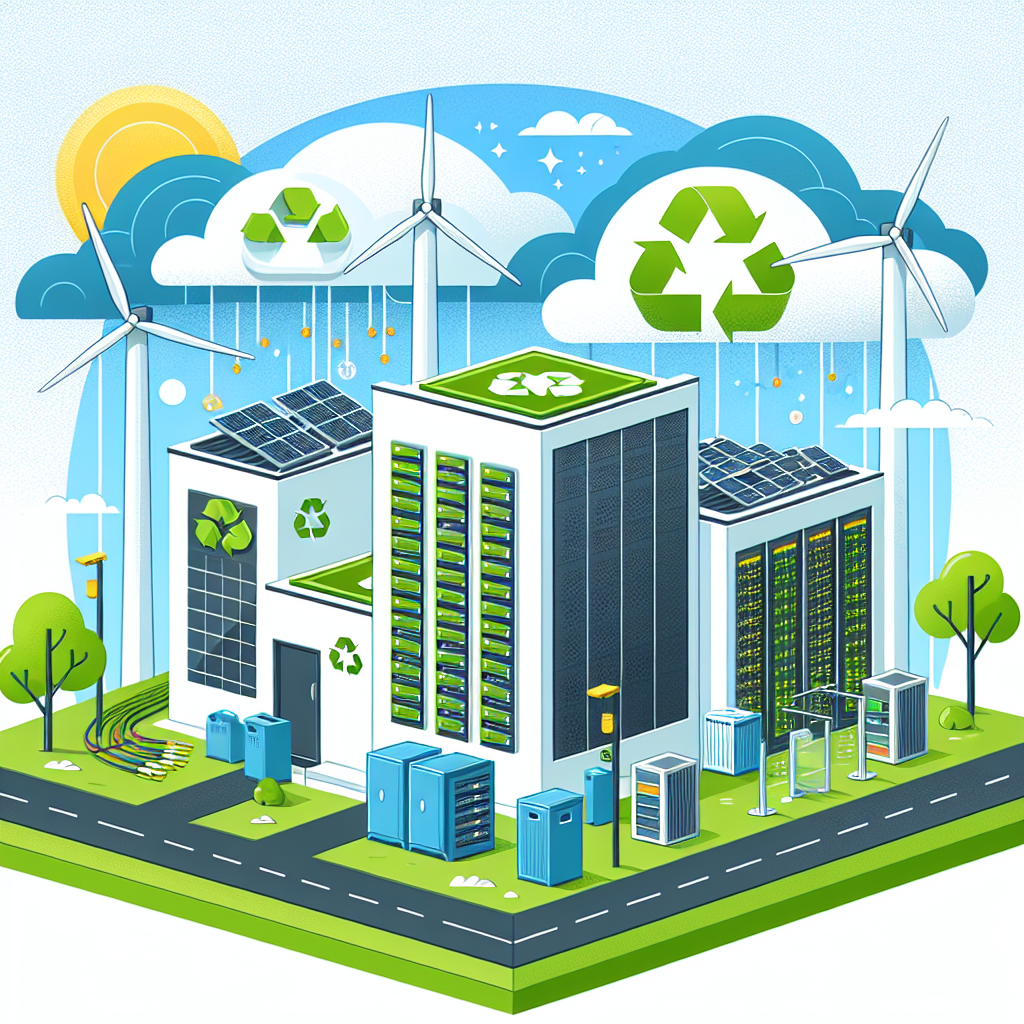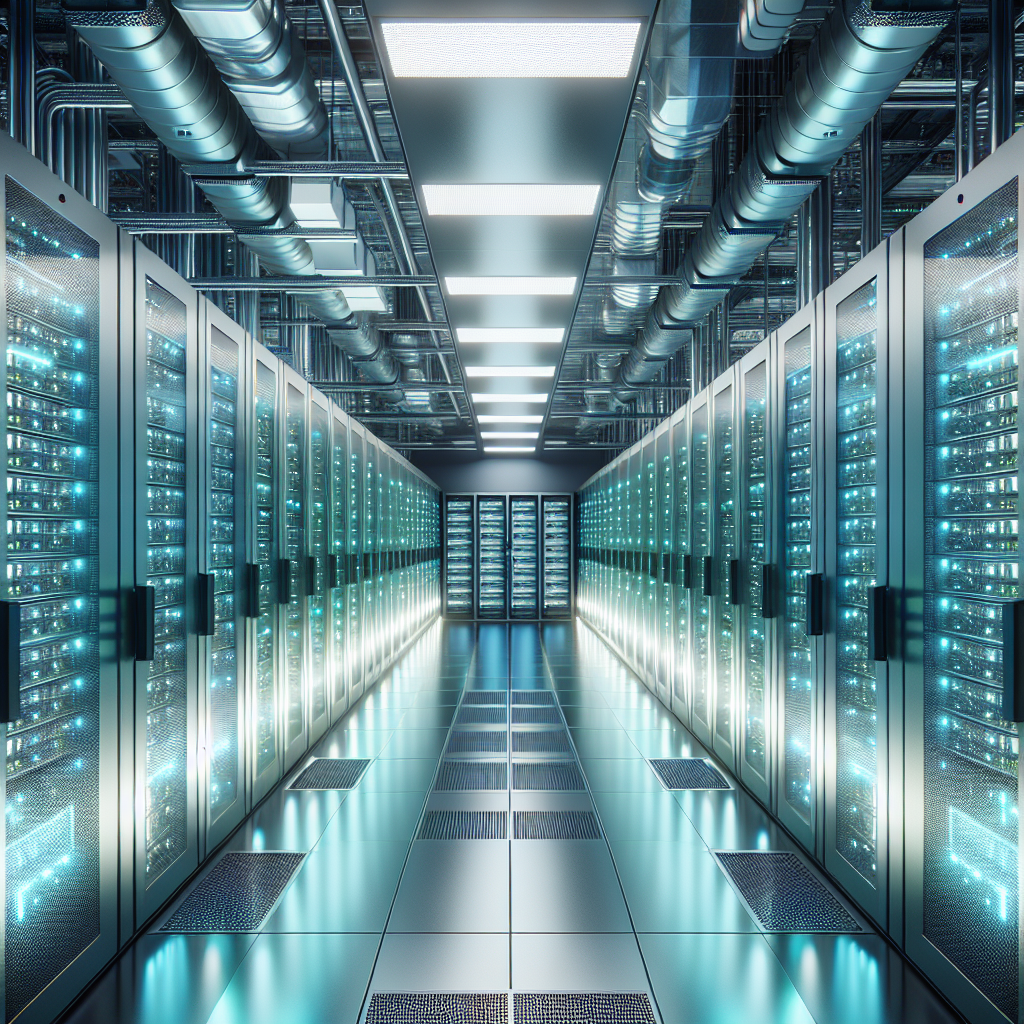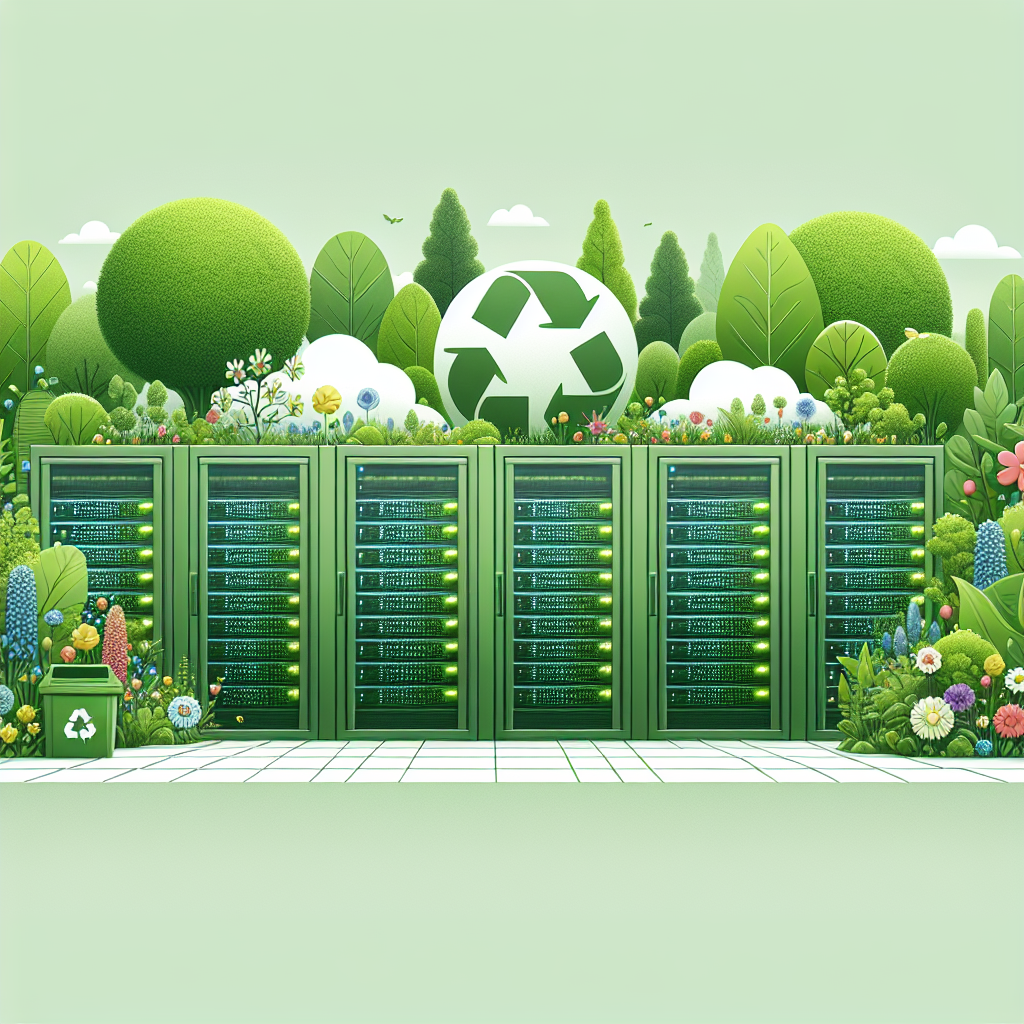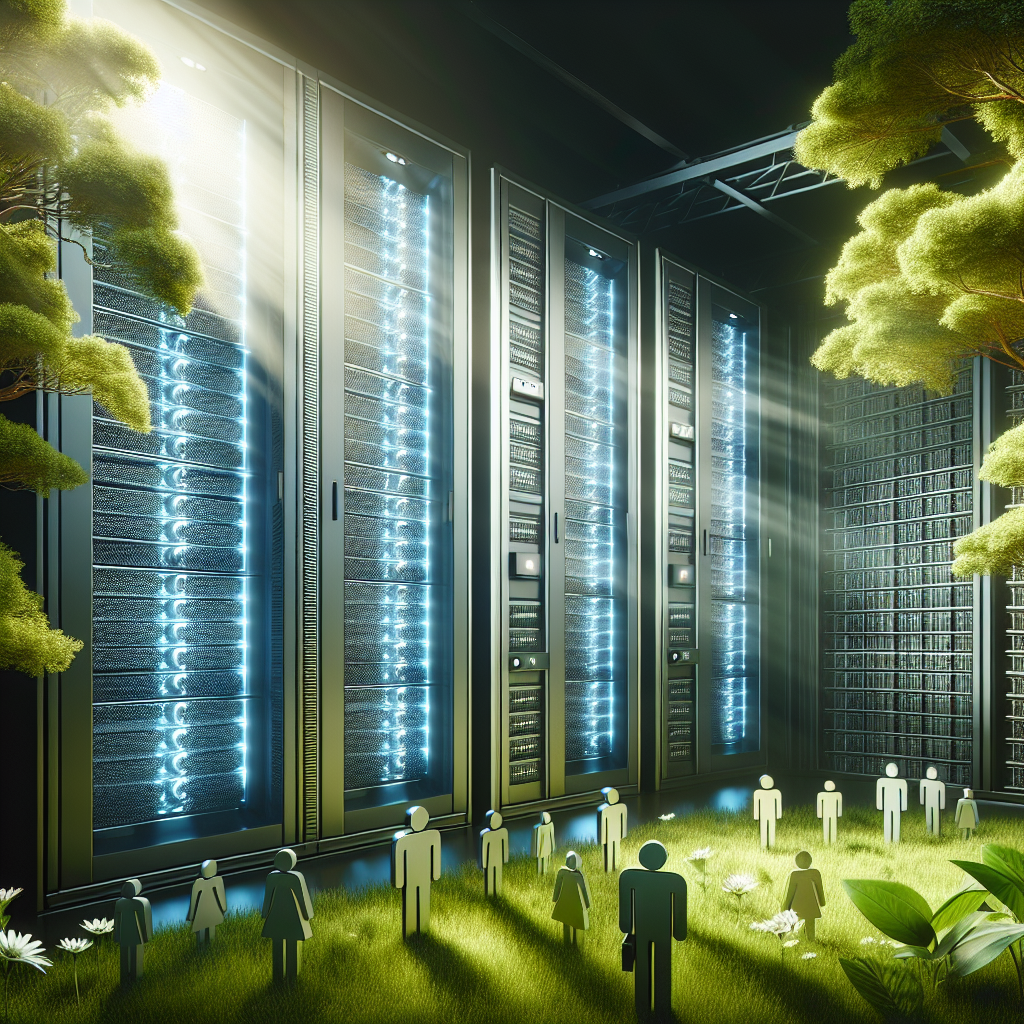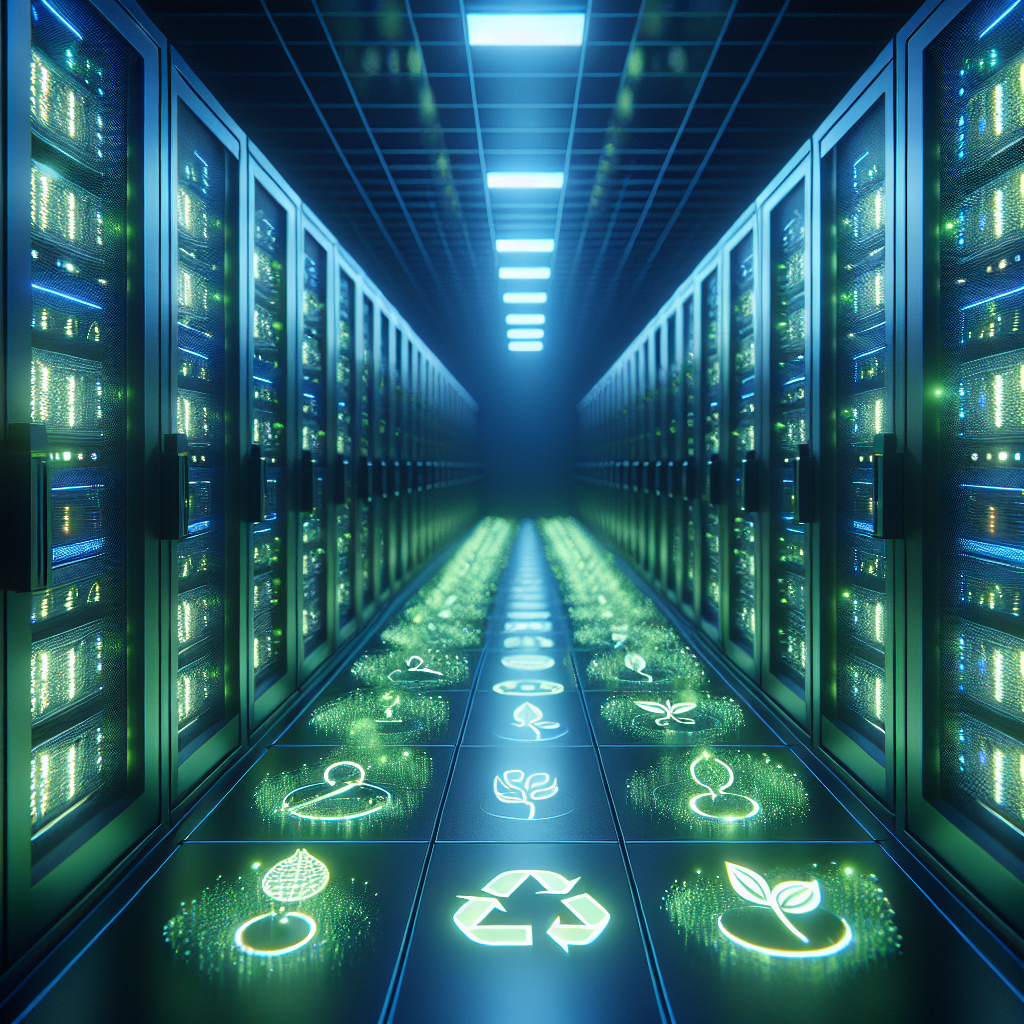Data centers are an essential component of the modern digital landscape, serving as the backbone for the storage, processing, and transmission of vast amounts of information. However, the energy consumed by data centers is a growing concern, as they are responsible for a significant portion of global electricity usage. In order to mitigate the environmental impact of data centers, it is crucial to strike a balance between performance and sustainability, achieving optimal energy efficiency in the process.
One of the key challenges in achieving energy efficiency in data centers is the constant demand for high performance. Data centers must be able to handle increasing workloads and process data at lightning speed, all while maintaining reliability and uptime. This often leads to the use of powerful and energy-intensive hardware, such as servers, cooling systems, and networking equipment.
To address this issue, data center operators are increasingly turning to innovative technologies and best practices to optimize energy usage. One such approach is the use of virtualization, which allows multiple virtual servers to run on a single physical server, reducing the overall number of servers needed and consequently lowering energy consumption. Additionally, data center operators can implement advanced cooling techniques, such as liquid cooling and hot/cold aisle containment, to improve cooling efficiency and reduce energy usage.
Another important aspect of achieving energy efficiency in data centers is the utilization of renewable energy sources. Many data centers are now powered by renewable energy, such as solar, wind, and hydroelectric power, reducing their carbon footprint and reliance on fossil fuels. In addition, data center operators can participate in energy efficiency programs and initiatives, such as the EPA’s Energy Star program, to benchmark their energy usage and identify areas for improvement.
Furthermore, data center operators can implement energy management systems and monitoring tools to track and optimize energy usage in real-time. These systems can provide valuable insights into energy consumption patterns, allowing operators to identify inefficiencies and implement targeted solutions to reduce energy waste.
Overall, achieving optimal energy efficiency in data centers requires a multifaceted approach that balances performance with sustainability. By leveraging innovative technologies, renewable energy sources, and energy management practices, data center operators can reduce their environmental impact and contribute to a more sustainable future. Ultimately, the pursuit of energy efficiency in data centers is not only a moral imperative but also a sound business decision, as it can lead to cost savings, improved performance, and enhanced competitiveness in the rapidly evolving digital landscape.
